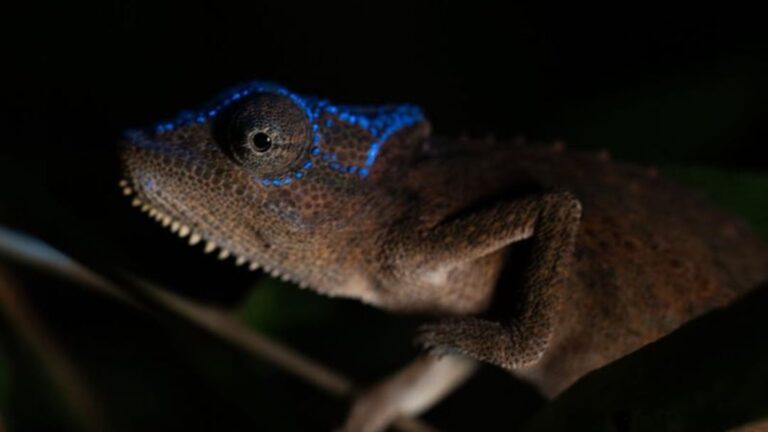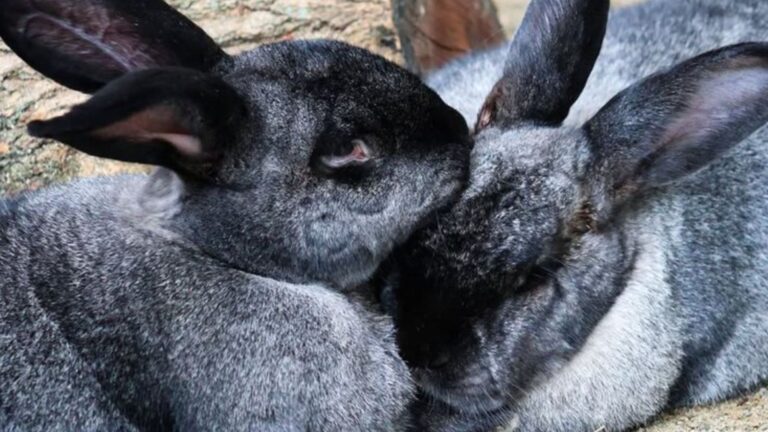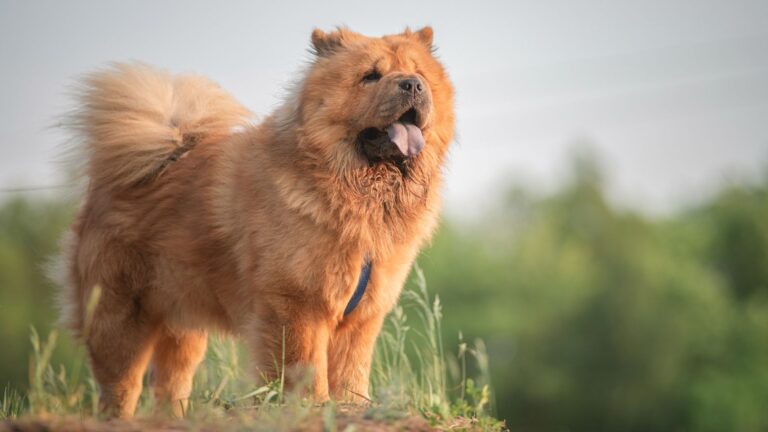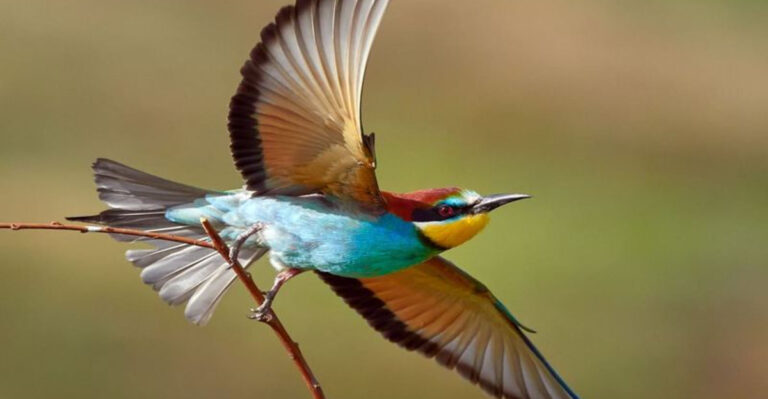The Biggest Wasps On Earth That Pack A Punch With Their Stings

Ever wondered which wasps are the heavyweights of the insect world? These buzzing powerhouses aren’t just big; they’re armed with stings that make you take notice.
Let’s explore the twelve largest wasps on our planet, each with its own unique flair and sting power. From the fascinatingly fearsome to the playfully peculiar, these wasps are more than just a buzzing annoyance.
So, grab your virtual net and join our expedition into the world of these stinging giants!
1. Asian Giant Hornet
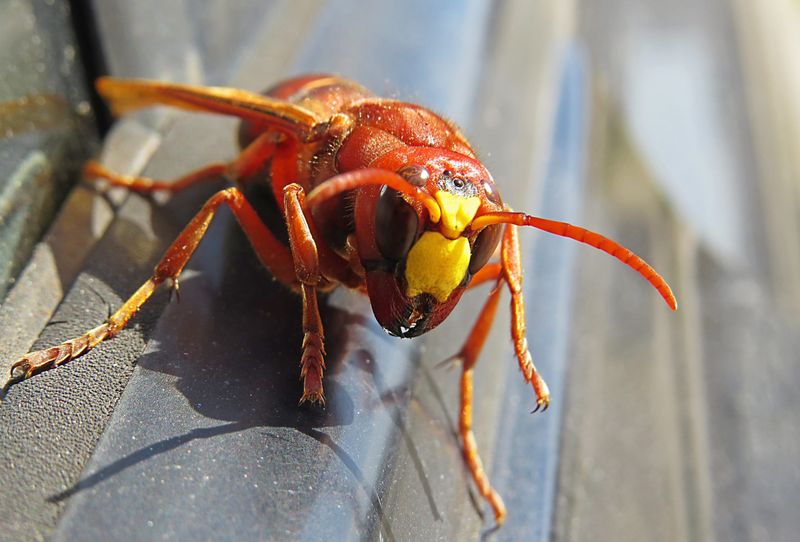
Imagine a wasp so large it’s nicknamed the “yak-killer.” The Asian Giant Hornet deserves this title with its daunting size and powerful sting.
Found predominantly in parts of Asia, this hornet’s sting can be incredibly painful, making it a creature to admire from afar.
Despite its fearsome reputation, it plays a vital role in its ecosystem by controlling pest populations. Its vibrant orange head and striking black-and-yellow body make it as noticeable as it is intimidating.
2. Tarantula Hawk Wasp
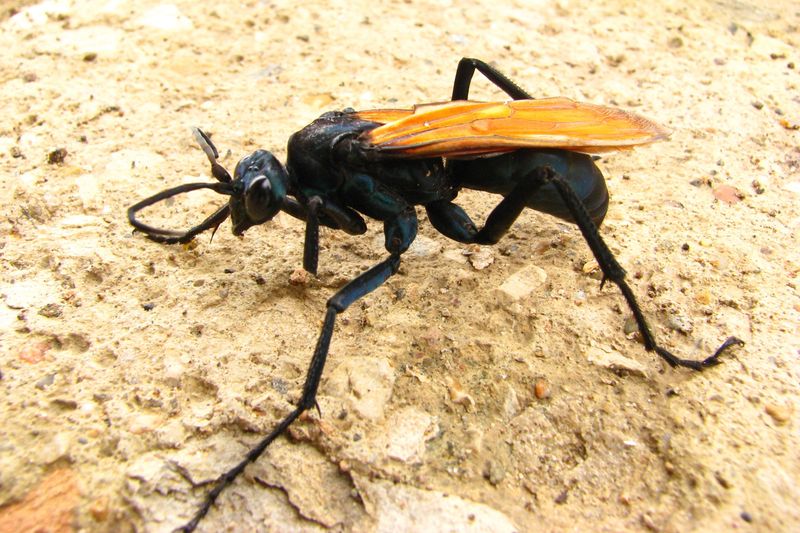
Walking through the desert, have you ever stumbled upon a battle between a wasp and a tarantula? Meet the Tarantula Hawk Wasp, a creature whose sting is known to incapacitate its spider prey.
It’s one of the most painful stings a human can experience, yet it’s also a marvel of nature.
With an iridescent blue-black body and striking orange wings, this wasp is as much a beauty as it is a beast. Seeing one is a reminder of nature’s balance – lethal yet mesmerizing in its dance of survival.
3. Executioner Wasp

An executioner with wings? Not quite, but the Executioner Wasp lives up to its ominous name with a painful sting that few dare to experience.
Found in Central and South America, this wasp’s sting is notoriously intense and should be avoided by the curious.
Its bright yellow and black body is a warning sign in the animal kingdom. The wasp’s role in nature is critical, as it helps in pollination and controlling insect populations.
Yet, crossing its path might just make you rethink a closer look at its vibrant colors.
4. Japanese Hornet
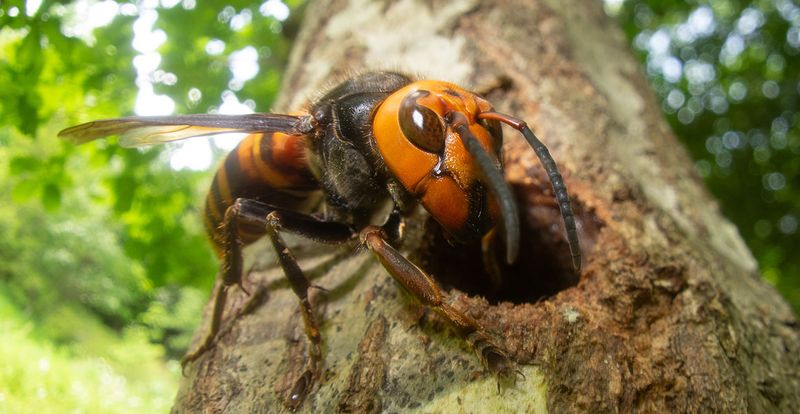
A hornet that’s the stuff of legends, the Japanese Hornet is feared and respected in its native habitats.
Known for its aggression and strength, this hornet isn’t just big – it’s a warrior of the insect world with a sting that packs a punch.
Its large, robust body and vivid colors make it stand out among its peers. However, despite its fearsome appearance, it plays an essential role in pest control.
If you ever spot one, remember its dual nature – a formidable foe but also a crucial part of the ecosystem.
5. European Hornet
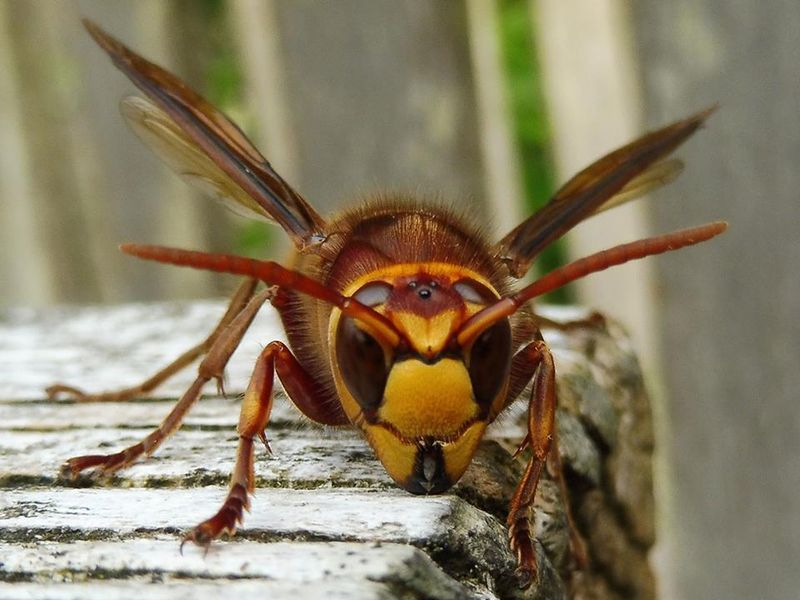
In European gardens, the buzz you hear might just belong to the European Hornet, the gentle giant among wasps.
Unlike its aggressive cousins, it’s less likely to sting without provocation. However, its sting is still potent enough to demand respect.
With a striped abdomen and powerful wings, this hornet is a master of flight and a vital pollinator. It keeps garden pests in check, making it a gardener’s friend despite its daunting size.
6. Cicada Killer Wasp
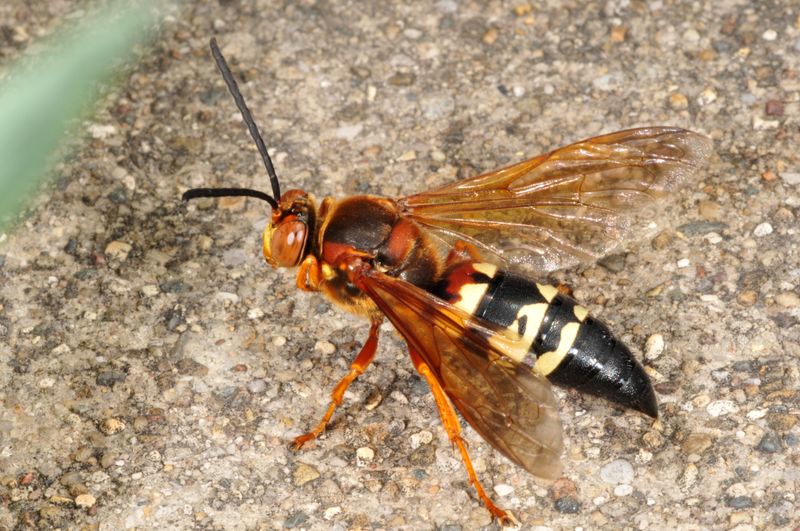
If you ever witness a mid-air tussle between a wasp and a cicada, you’re probably watching the Cicada Killer Wasp at work.
Famous for its ability to hunt cicadas, this wasp is a solitary giant with a sting that subdues its prey with precision.
Its long body and large eyes give it a slightly menacing appearance, but it’s more interested in cicadas than humans.
This wasp plays a unique role in controlling cicada populations, showcasing nature’s fascinating predator-prey dynamics.
7. Baldfaced Hornet

A face only a hornet could love, the Baldfaced Hornet stands out with its striking white facial markings. Found in North America, it’s more of a hornet despite its name, and its sting is as formidable as its looks.
With a black body contrasting its white face, it’s a striking sight in any setting. Although aggressive when threatened, it plays a critical role in pollinating flowers and controlling pest populations.
8. Yellowjacket Wasp
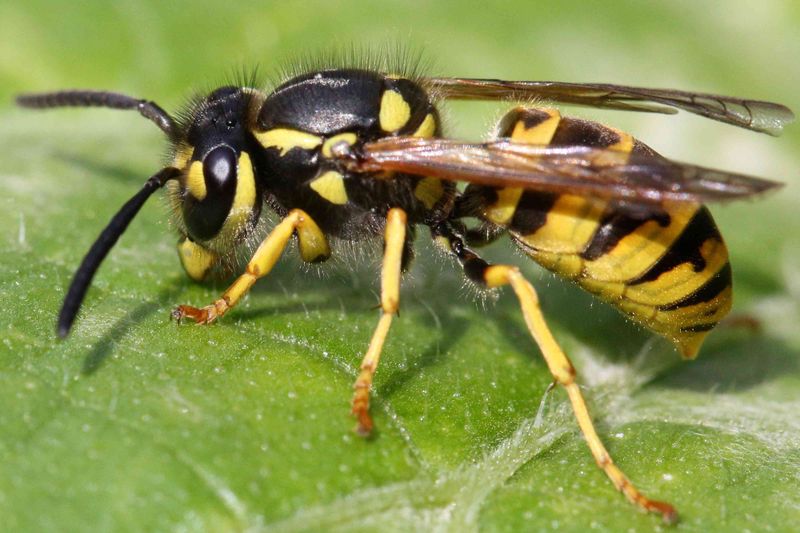
Got a picnic planned? Watch out for the uninvited guest – the Yellowjacket Wasp. Known for being particularly social and sometimes aggressive, this wasp’s sting is infamous at summer gatherings.
With bright yellow and black stripes, it’s a wasp you can’t miss, but its presence maintains ecosystems by controlling pests.
Its persistence at outdoor events might be a nuisance, yet it’s also an essential part of the environment. A buzzing reminder that nature is always at the table.
9. Paper Wasp
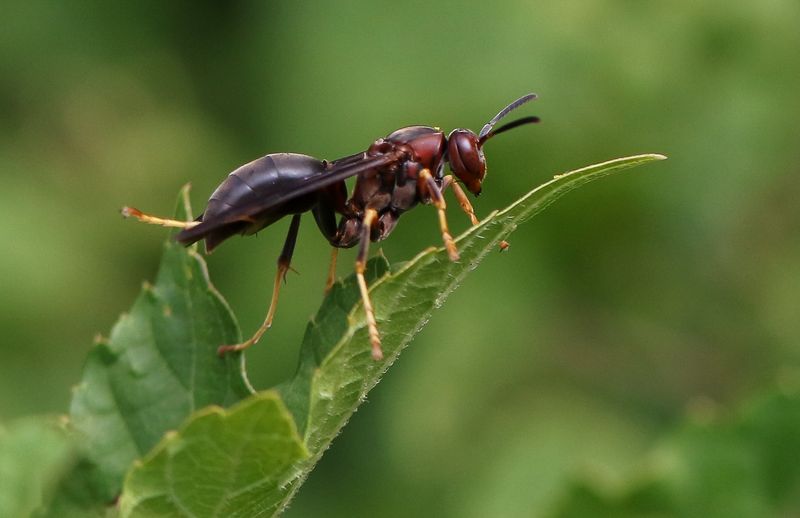
Building with paper might seem like child’s play, but the Paper Wasp is a true artisan. Known for constructing intricate nests from chewed wood fibers, this wasp is a master builder of the insect world.
Its slender body and patterned wings give it an elegant appearance, but its sting can be painful if provoked.
A key pollinator and predator of pest insects, its role in nature is as crucial as its architectural skills are impressive. It’s a reminder of the creativity found in nature.
10. Great Black Wasp
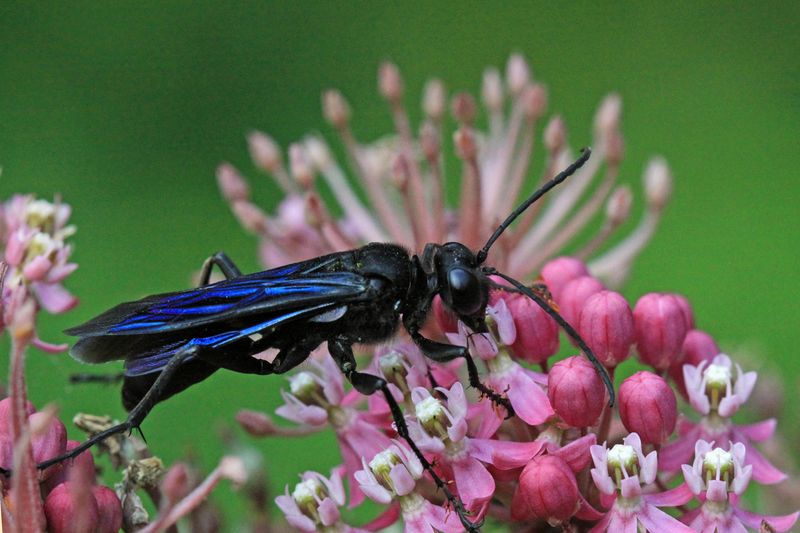
The Great Black Wasp – a name that might sound intimidating but refers to a creature more majestic than menacing. Known for its shiny black body and large wings, this wasp is a striking presence in the gardens.
It’s a solitary creature, often seen visiting flowers, where it fulfills its role as a pollinator while hunting grasshoppers.
Despite its size, it’s not aggressive towards humans, and its presence is more of a garden guardian than a threat. A reminder of beauty in simplicity.
11. Guinea Paper Wasp

Ever seen a wasp building its home with the skill of a seasoned architect? The Guinea Paper Wasp does just that, with an eye for detail and a knack for construction.
With a red-brown body, this wasp is known for its impressive nest-building skills, often found under eaves and sheltered spots.
Despite its fierce appearance, it mainly focuses on its construction and pollination duties. A wasp with a work ethic that inspires admiration rather than fear.
12. Mammoth Wasp
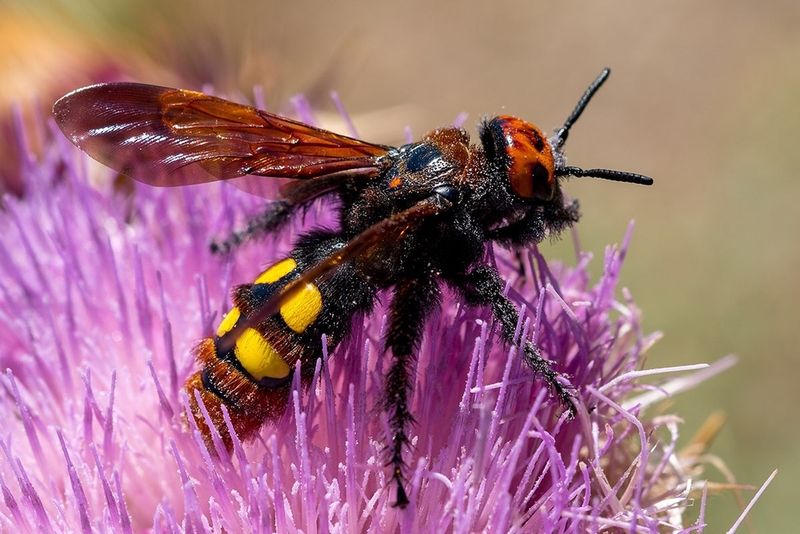
With a name like Mammoth Wasp, you’d expect something extraordinary – and it delivers. Known for its impressive size, this European native has a sting that’s as memorable as its appearance.
Its large frame and distinctive yellow and brown markings make it a giant among wasps. Despite its size, it’s generally non-aggressive and more interested in digging in fallen wood to lay its eggs.
A gentle giant in the wasp world, showing that not all big creatures need to be feared.

